Latest Posts
Scrapped after full set for 70 times? Analyze whether QLC SSD can be bought is safe to buy
Last year can be said as a year with 3A game explosion. The requirements for game configuration are also getting higher and higher, especially the recommended configuration size of memory and hard disk is getting larger and larger. Some games along with their subsequent data loading even require to reserve more than 200GB of hard disk space. Obviously, you can’t just install one game in your computer, so that makes more and more gamers have the idea of buying a larger capacity hard drive. When users want both large capacity and speed advantages, it provides a good opportunity for QLC SSD to enter the consumer market. However, there are still big doubts about whether QLC SSD can be bought and used with confidence. Today we will reveal the answer.
QLC SSD will be scrapped after 70 full disk writes? Don’t panic!
Many people who are concerned about the hard disk industry know that SSD hard disks have now begun to upgrade from TLC flash memory to QLC flash memory, and may be upgraded to PLC in the future. A single flash memory particle can achieve greater capacity at the cost of lower and lower writing life. According to a recent industry report, the shortest P/E life of PLC flash memory is only 35 times. The shortest P/E life of QLC flash memory is only 70 times.

Judging from this industry report, SLC flash memory has a P/E lifespan of 11,000 times under the 5xnm process, and will drop to 10,000, 7500, and 5,000 times under the 3X, 2X, and 1Xnm process. It is still good looking overall. However, the P/E lifespan of QLC flash memory that may occupy the market for a long time, will drop to 350, 150, and 70 times under 3X, 2X, and 1Xnm processes.
Seeing this data must have scared many friends, right? Does it mean that QLC SSD cannot be bought? Not at all. As far as SSDs on the market are concerned, MLC flash has a P/E life generally around 3000 times, TLC flash has a P/E life generally around 500-1500 times, and the P/E life of QLC flash is generally no more than 500 times, generally around 300-500 times. But correspondingly, the capacity of QLC has greatly increased, and the solid state of QLC can generally start at 500GB. In other words, if you buy a 500GB QLC SSD, the particles will be scrapped after written for 300-500 times full cycle.
QLC flash memory has officially entered the market competition
In the second half of last year, Phison launched three “turnkey” master control solutions, master control + firmware + flash memory package combination, brand manufacturers can take it and build their own QLC SSD; S11T with Micron N18 64-layer stacked 3D QLC , S13T and E13T are paired with Toshiba BiCS4 96-layer stacked 3D QLC, with a single capacity of 1.33Tb (170GB), making sufficient preparations for storage manufacturers to build QLC SSDs with larger storage capacities.
Domestic storage has made strong efforts this year. Goke Micro has recently released a new generation of SSD master GK2302V200 series, which is fully adapted to the domestic 128-layer TLC/QLC flash memory. GK2302 V200 series main control supports SATA 3.2 interface, with maximum reading bandwidth of 550MB/s, dual-channel flash memory interface is used, supports Toggle 2.0 & ONFI 4.0 interface protocol, the interface bandwidth is 533MT/s, support 2TB capacity maximum. It is a mainstream SSD master version in the market. In terms of flash memory, the GK2302 V200 series main control supports various 2D MLC/TLC, 3D MLC/TLC/QLC flash memory particles, and is adapted to the latest 128-layer 3D TLC/QLC particles of YMTC.
In addition to the main control, the research and development of domestic QLC flash memory can not lag behind the market. On April 13, YMTC announced that its 128-layer QLC 3D flash memory (X2-6070) has been successfully developed and has been verified on terminal products such as SSDs from many main control manufacturers. According to the official introduction, this product is unique in that it is the industry’s first 128-layer QLC specification 3D NAND, and it has the highest storage density per unit area, the highest I/O transfer speed, and the highest single NAND flash memory chip capacity among known models.
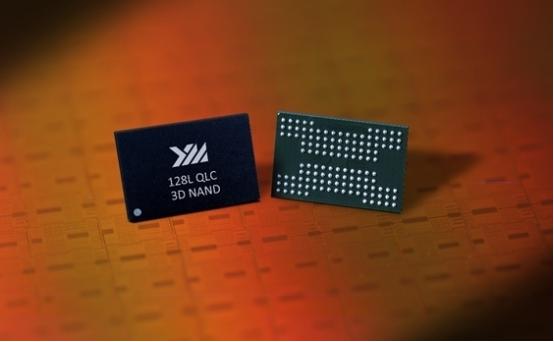
YMTC 28-layer QLC 3D flash memory
Among the international flash memory brands, QLC flash memory has been applied earlier. After all, it has been the general trend for QLC SSD been put on market massively. Micron is the first manufacturer to launch QLC flash drives, but it was mainly used in the enterprise market. This year, the new 2210 series M.2 drives have been fully replaced with 3D QLC flash drives. The maximum capacity has doubled to 2TB, and it started from 512GB.
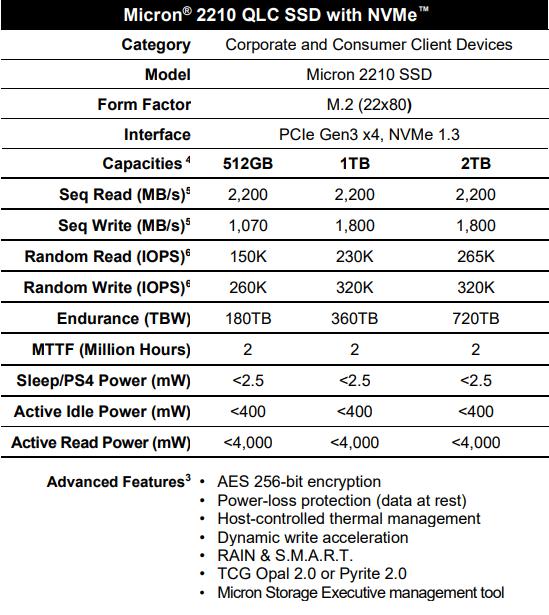
Micron 2210 Series QLC Hard Drive
According to official news, the TBW life of Micron’s 2210 series QLC SSDs has been significantly improved compared to the Micron 2200 series that uses 96-layer 3D TLC flash memory. Taking 1TB version as an example, the lifespan of the TLC version is 300TBW, and the lifespan of QLC version is 360TBW, the lifespan of QLC is 20% longer than that of TLC. Judging from this data, the lifespan of Micron’s new-generation QLC flash memory is still acceptable, which is 80% higher than that of other QLCs, and should be the longest among all other currently known QLC flash memory.
On the contrary, Micron’s consumer brand Crucial launched the P1 and P2 series last year, and again launched the P5 series of QLC SSDs this year. In terms of performance, the continuous reading speed is up to 3400MB/s and the continuous writing speed is up to 3000MB/s (the 250GB model is 1400MB/s).
In addition to Micron, Intel is also a brand that commercialized QLC flash memory early. I believe many users have bought Intel 660p and P1 series SSDs. A few days ago, Intel’s non-volatile storage solutions leader, Rob Crooke, revealed that Intel’s QLC SSD shipments exceeded 10 million.
She also announced that SSDs (code-named Keystone Harbor) based on 144-layer 3D QLC flash memory (internally named Arbordale Plus technology, fourth-generation flash memory in family) will be shipped by the end of this year, and Intel plans to migrate the entire SSD product line in 2021 to the 144-layer flash memory chip. What’s more, Intel confirmed that PLC flash memory (5bit/cell) with higher capacity density is also under intense development.
Summary: QLC SSD is becoming a buying trend, so don’t worry if you use it correctly
Judging from the current market trend, QLC SSD will inevitably gradually become the mainstream choice in the market. After all, it has its own advantages in terms of capacity and speed. What’s more, since it is a product that meets the market demand, the manufacturers must also have made adjustments in the main control optimization and firmware upgrade to ensure that the product provides users with stable storage within warranty. In other words, as long as you use it correctly, you can still ensure data security within the warranty period promised by the brand. So, what should you pay attention to when choosing QLC SSD?
In terms of capacity, it is recommended to start with 480GB~512GB version. The amount of data for most individual users is not very large, and it will take a while to fill up the entire disk. And within the P/E life span of SSD, we will not reach full disk status too many times, thus ensuring data security.
In terms of usage, it is necessary to align 4K and maintain the latest firmware upgrade. 4K alignment not only guarantees speed, but also ensures disk life. Besides, if it is a SATA SSD, turn on AHCI and M.2 SSD. Check whether the NVMe mode is turned on. Only in this way can the disk speed be fully utilized. SSD firmware is like the BIOS on the motherboard, which controls all internal operations of the solid state drive, which not only directly affects the performance and stability of the solid state drive, but also affects its life. Excellent firmware contains advanced algorithms that can reduce unnecessary writing of the solid state drive, thereby reducing the wear and tear of the flash memory chip, maintaining performance and extending the life of the solid state drive.
Do not defragment the disk. The storage method of solid state drives is flash storage, which is different from physical disk storage of mechanical hard drives. Because it is electronic storage, the seeking time is very short. The performance of solid state drives is mainly determined by the main control chip and flash memory particles, so it is recommended not to use the disk defragmentation function.

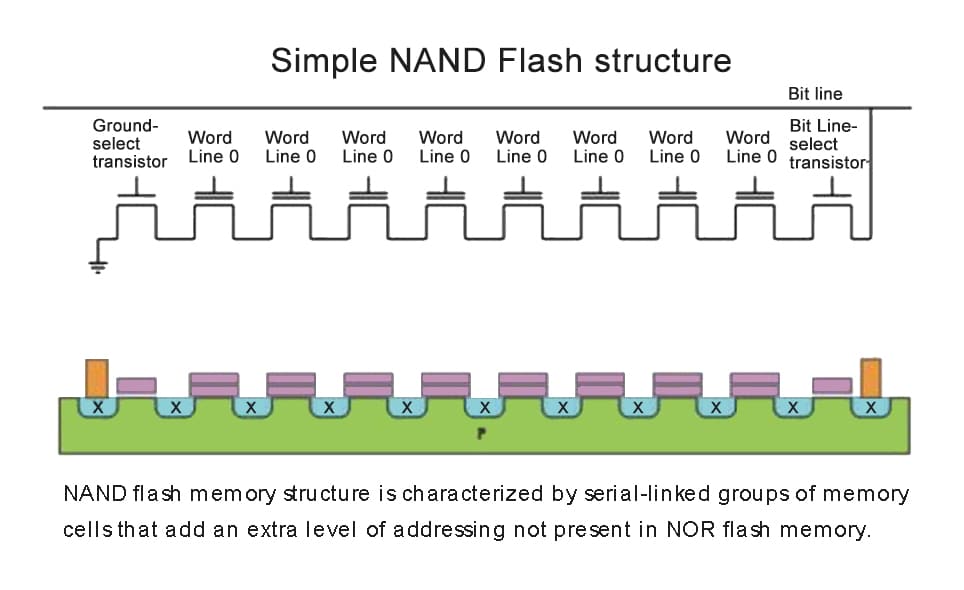
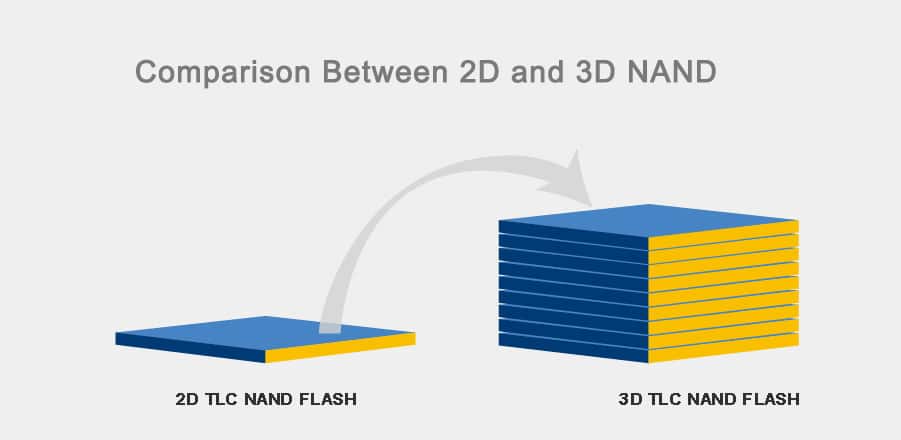
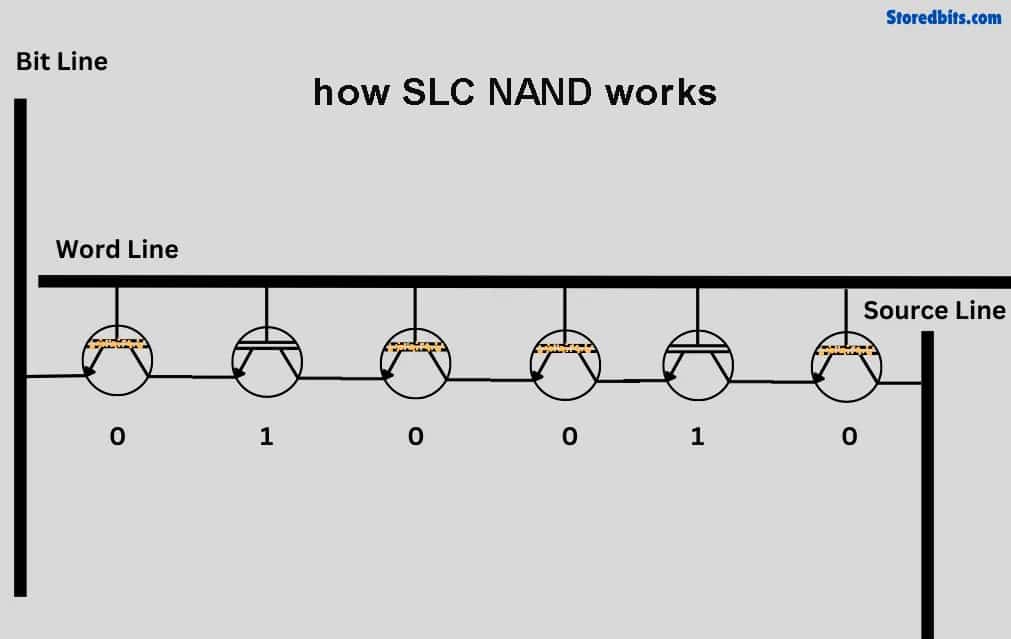
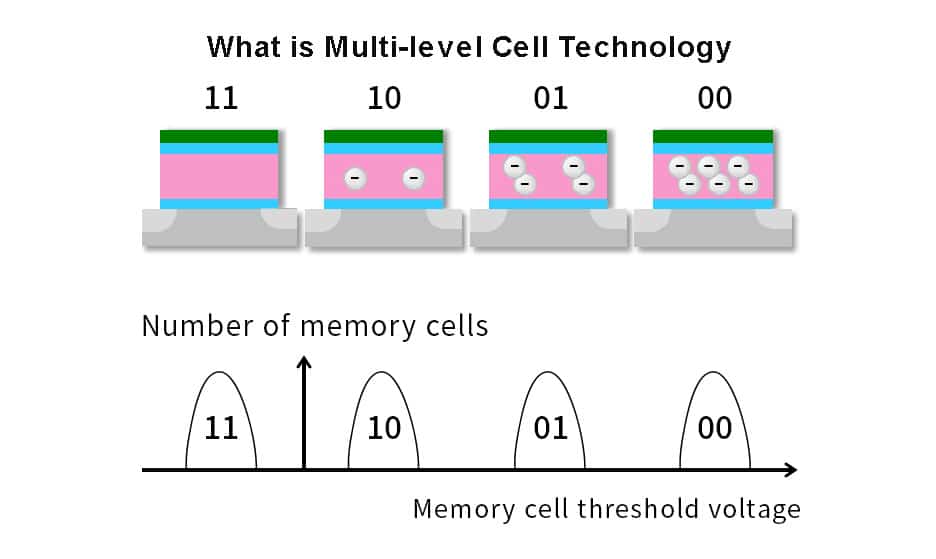
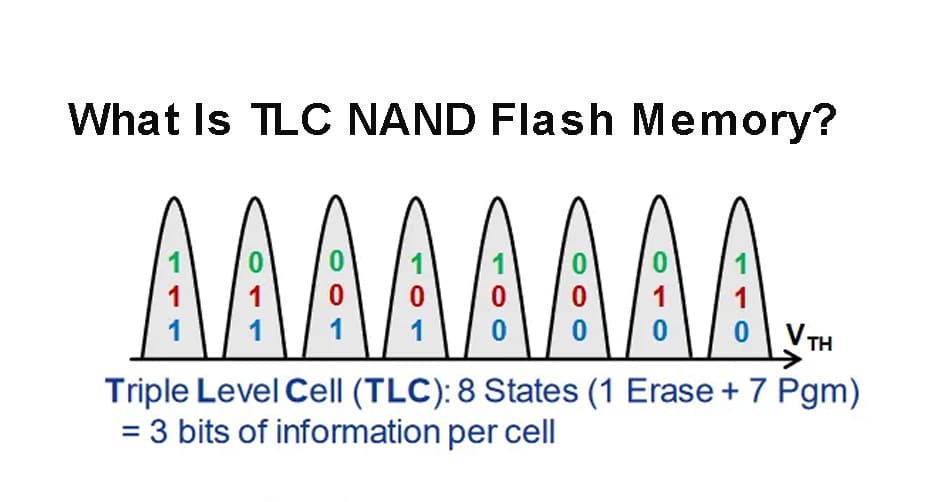
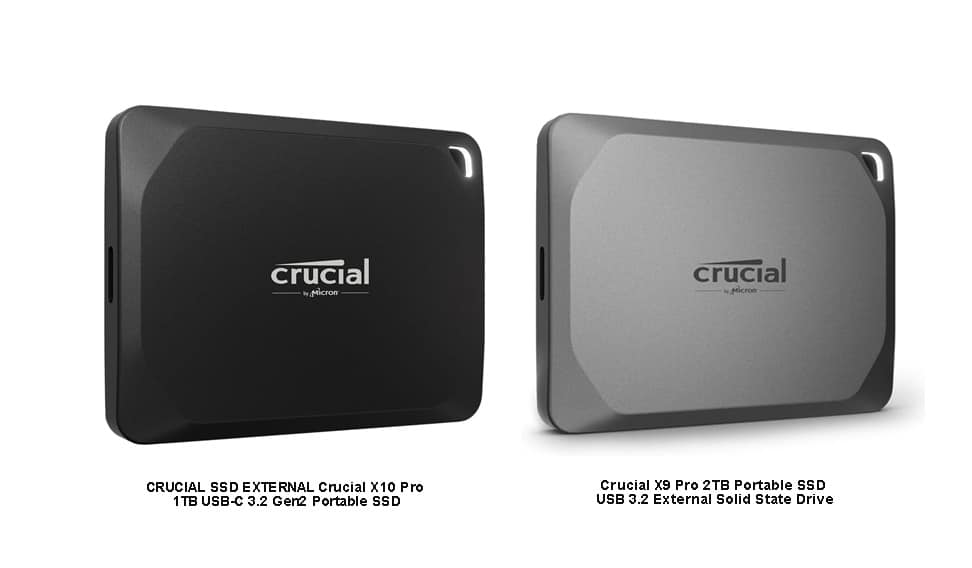
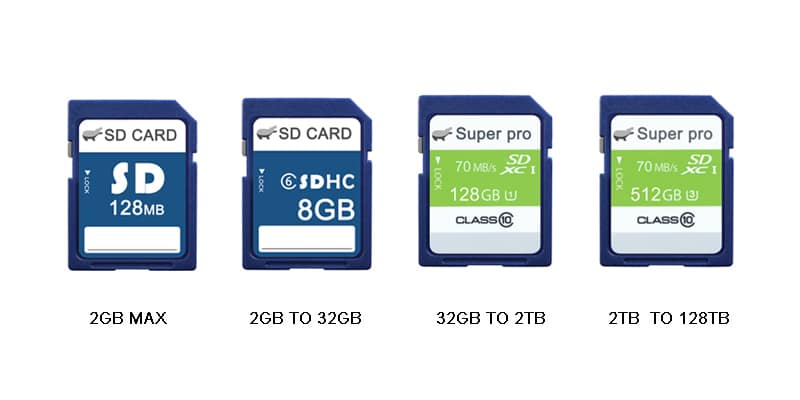
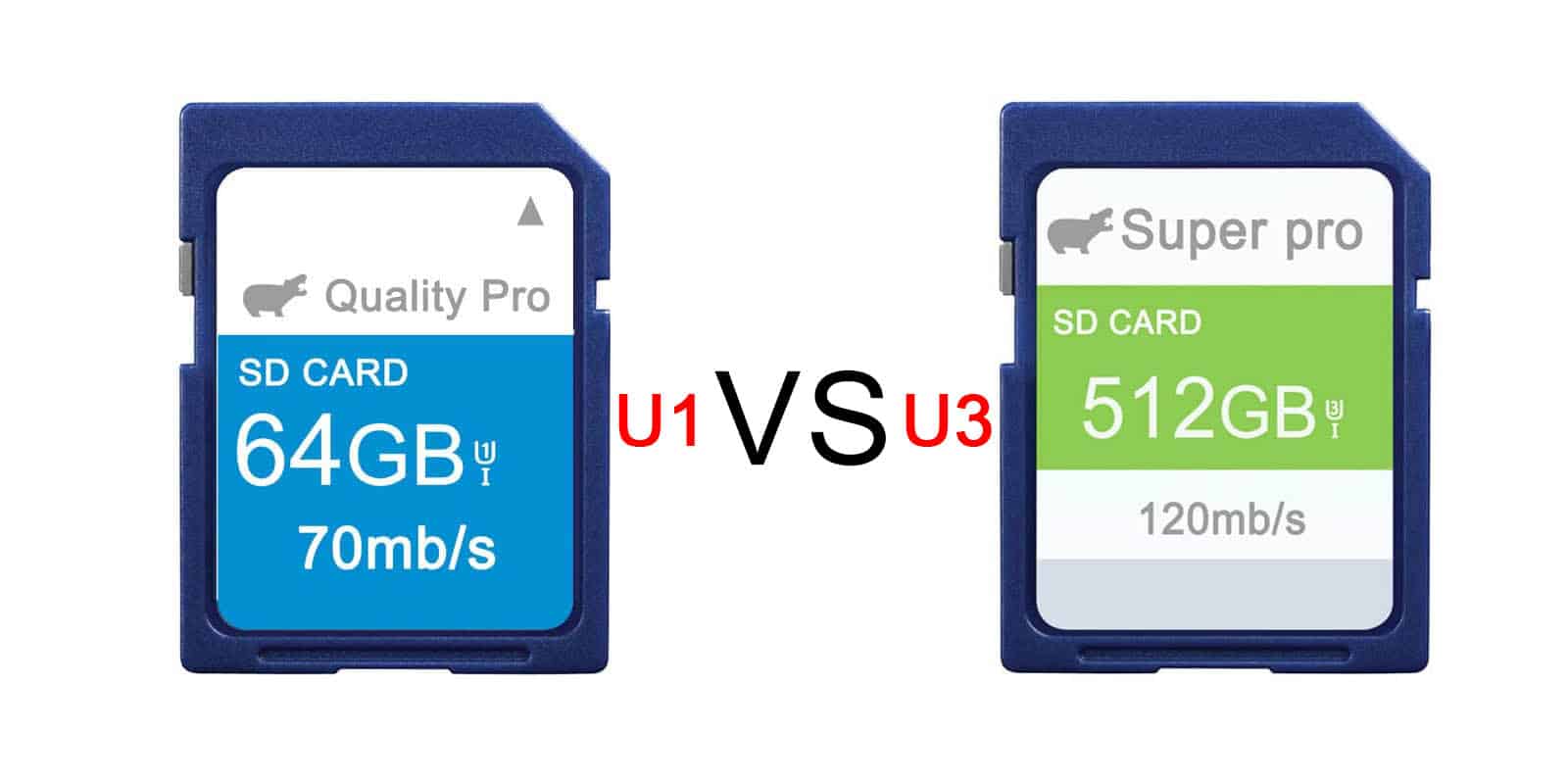
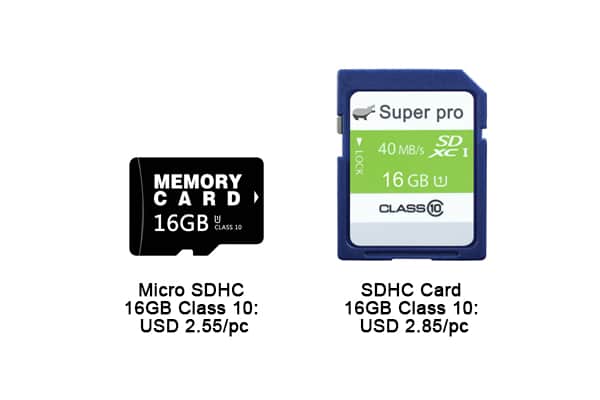
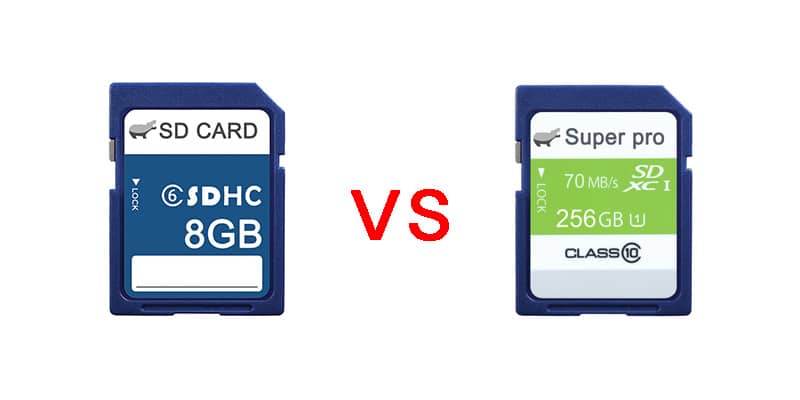
Leave a comment